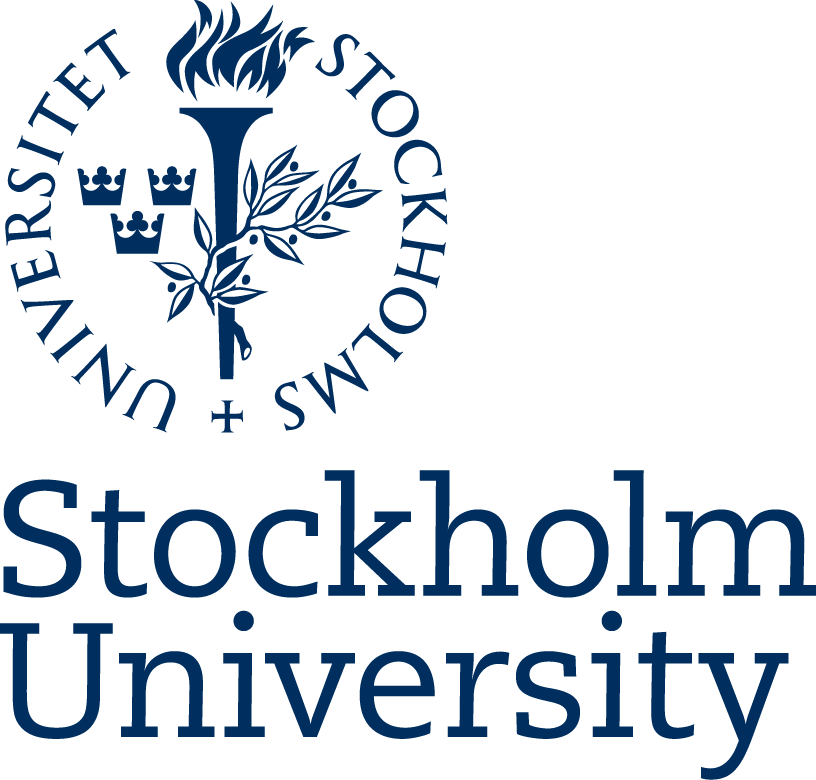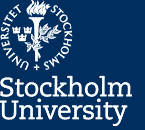Master's Programme in Computational Physics, 120 ECTS
Second levelFacts
No available factsDescription
Aim and purpose of the programme
In the Master’s Programme in Computational Physics you will learn how to translate a mathematical model of a physical phenomenon into a robust computer program and then how to analyse the results from your calculations. You will study courses in programming, mathematical and numerical methods and deepen your knowledge in physics.
Degree and job market
This master’s programme is designed to teach a physicist how to construct and apply numerical models to complicated physical phenomena. This does however not limit you as a master of computational physics. Your acquired knowledge has a much wider application. You will learn to analyse, model, and with a computer program describe complicated phenomena and to interpret the results of your calculations. This will make you an attractive collaborator in different areas ranging from academic particle physics over medical imaging all the way to fund analyst in the Bank of England!
Content
During the first year you will study basic courses, the mathematical methods of physics, programming a high level language and numerical methods. You will deepen your knowledge in electricity and magnetism as well as statistical physics – a course where you also will start to apply your knowledge in numerical methods. In a course called computational physics you will learn how to use program packages in the form of numerical libraries to model physical phenomena.
During the second year you are able to deepen your knowledge in subjects like theoretical chemistry, condensed matter physics or analytical mechanics. You can also choose to study numerical methods in electromagnetism or fluid mechanics. If you are fascinated by large calculations we offer a course in which you learn how to use large parallel computers.
At the end of the Master’s Programme in Computational Physics you will do a masters diploma project of 30 to 60 credits. Here you will have an experienced supervisor in computational physics from the Department of Physics. You will be able to apply your acquired model building to attack current problems in modern physics. You can also choose to do your diploma project in a company and you will then have an additional supervisor from that company.
Area of interests: Science and Mathematics
Science and mathematics help us understand how the world around us is connected – from the origin and structure of the universe, to the development and function of humanity and all other organisms on earth. Scientific knowledge makes it possible to critically examine the credibility of information in different areas of everyday life, society, and the media. As a scientist or mathematician, you will be attractive on a large job market that covers all parts of society and includes everything from pure technology companies to environment and healthcare, as well as research.
Subject
Physics
Physics deals with ‘matter and its motion’ as well as ‘space and time’. Important concepts are then force, energy, mass and charge. It is an experimental science and its goal is to understand the natural world. The interplay with theoretical model building and experimental work is then important. It is an old science subfield and it developed through the subfield of astronomy to which it is strongly related. The ‘modern’ science discipline physics developed during the 17th century when it diverged from disciplines like mathematics, biology and chemistry. Today one can see that the boundaries between these fields of science are more difficult to define again. Today, physics is a broad and highly developed subject. Research is divided into many subfields: condensed matter physics; atomic, molecular, nuclear and optical physics; high energy physics, elementary particle physics and astrophysics. At Fysikum there are research groups in all the main areas of physics. There is a number of open questions in physics. Mainly physics is studied in study programs at Stockholm University but we have also a lot of separate courses. There is a Bachelors of Science programme in Physics and three masters programmes in respectively Physics, Theoretical Physics and Computational Physics. The teaching of the masters programmes are in English. In the B.Sc programme English textbooks are used extensively.



